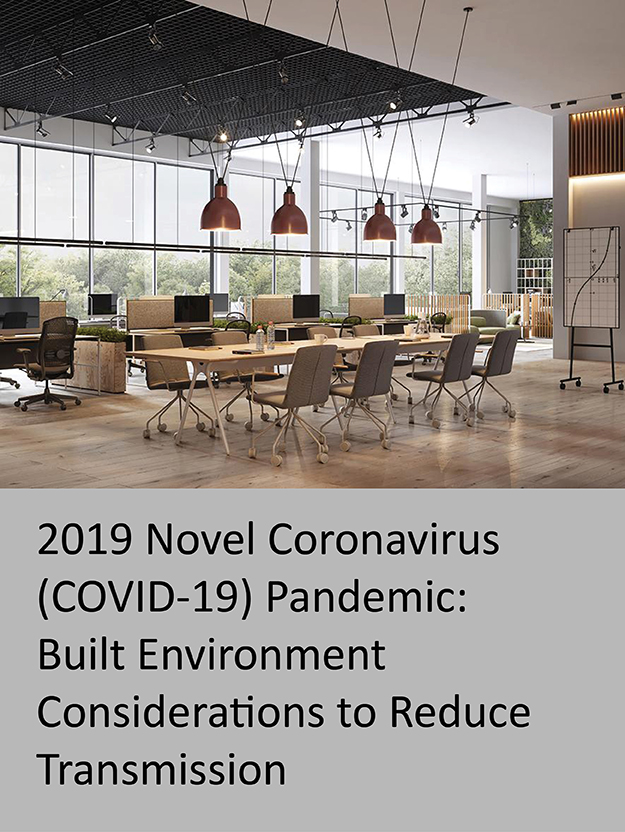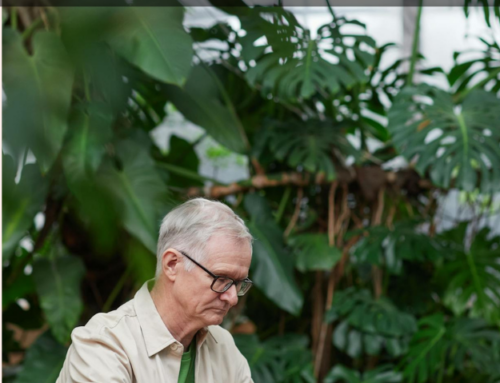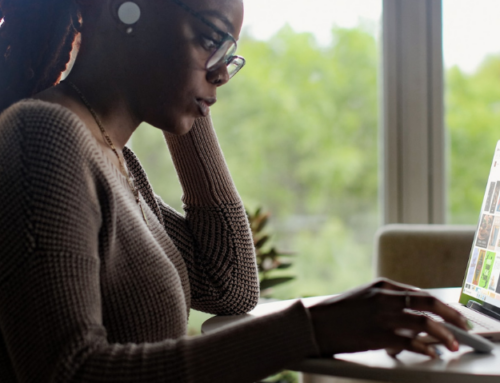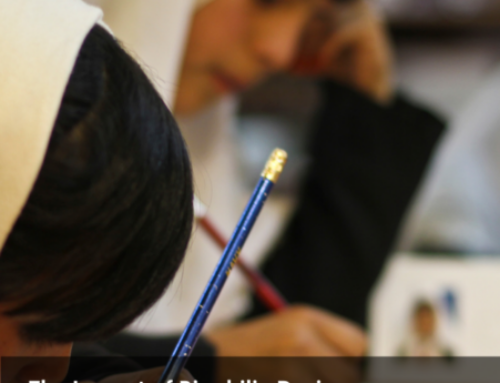2019 Novel Coronavirus (COVID-19) Pandemic

With the rapid spread of severe acute respiratory syndrome coronavirus 2 (SARS-CoV-2) that results in coronavirus disease 2019 (COVID-19), corporate enti- ties, federal, state, county, and city governments, universities, school districts, places of worship, prisons, health care facilities, assisted living organizations, daycares, homeowners, and other building owners and occupants have an opportunity to re- duce the potential for transmission through built environment (BE)-mediated path- ways. Over the last decade, substantial research into the presence, abundance, diver- sity, function, and transmission of microbes in the BE has taken place and revealed common pathogen exchange pathways and mechanisms. In this paper, we synthe- size this microbiology of the BE research and the known information about SARS- CoV-2 to provide actionable and achievable guidance to BE decision makers, build- ing operators, and all indoor occupants attempting to minimize infectious disease transmission through environmentally mediated pathways. We believe this informa- tion is useful to corporate and public administrators and individuals responsible for building operations and environmental services in their decision-making process about the degree and duration of social-distancing measures during viral epidemics and pandemics.





